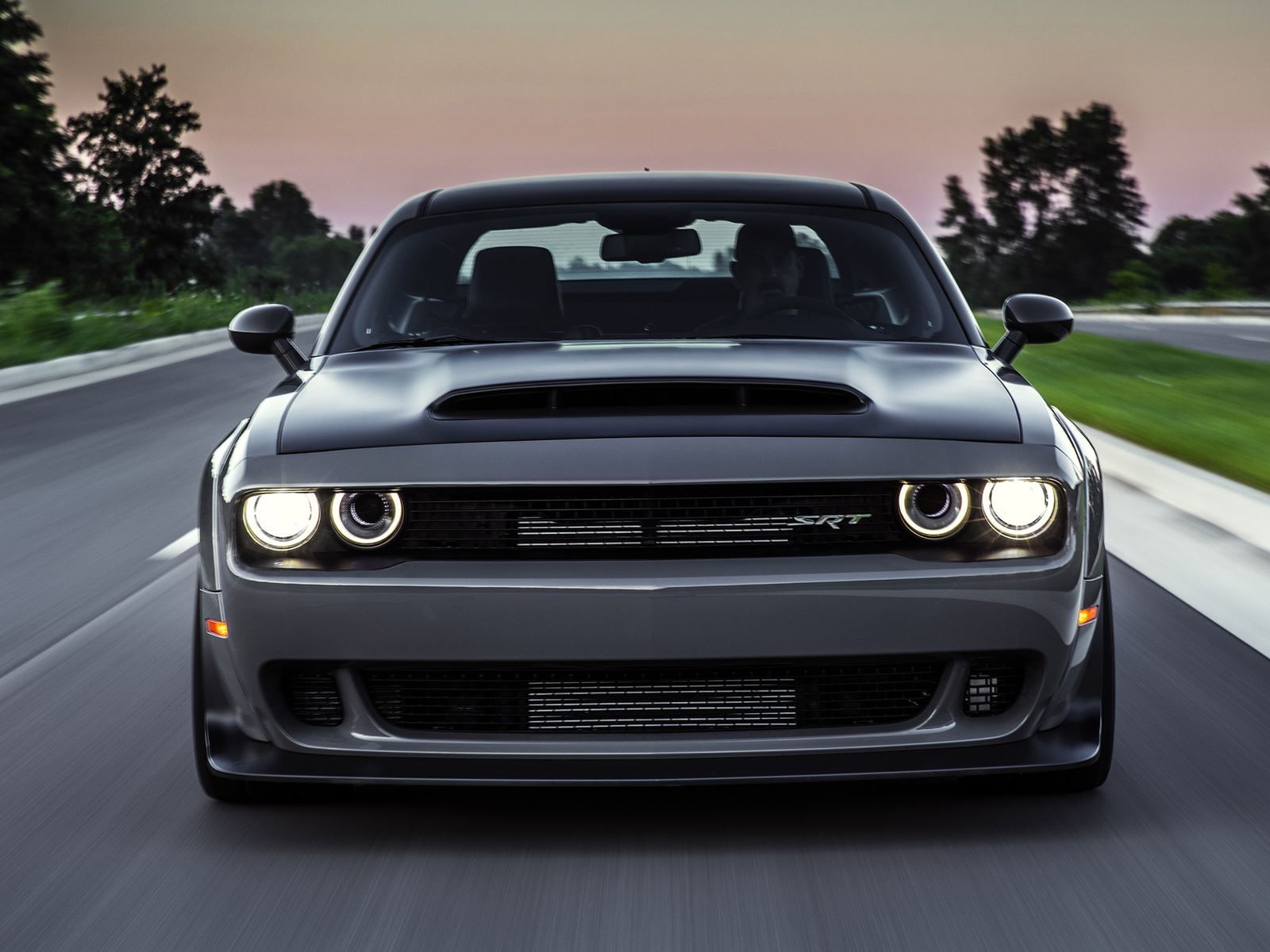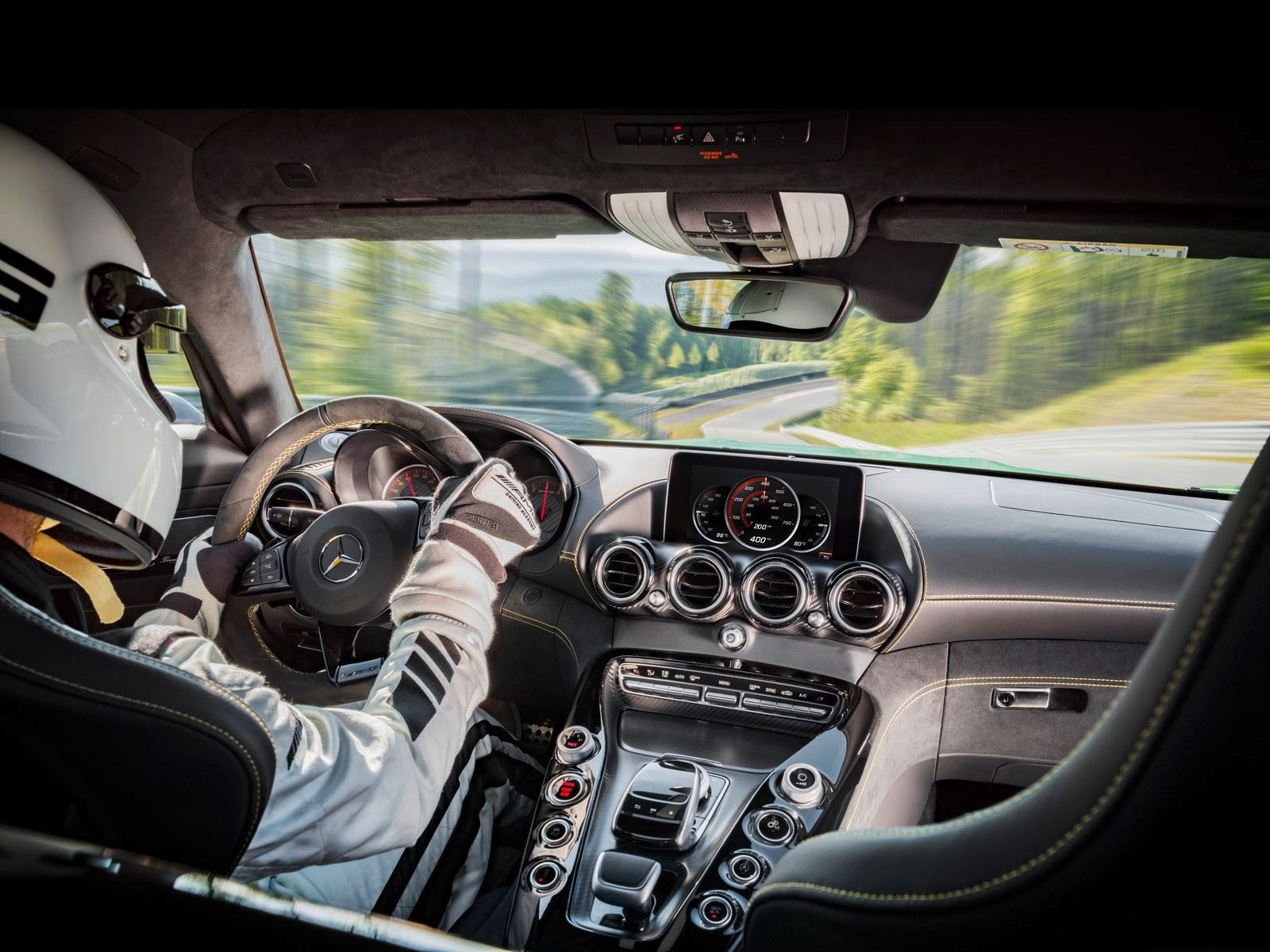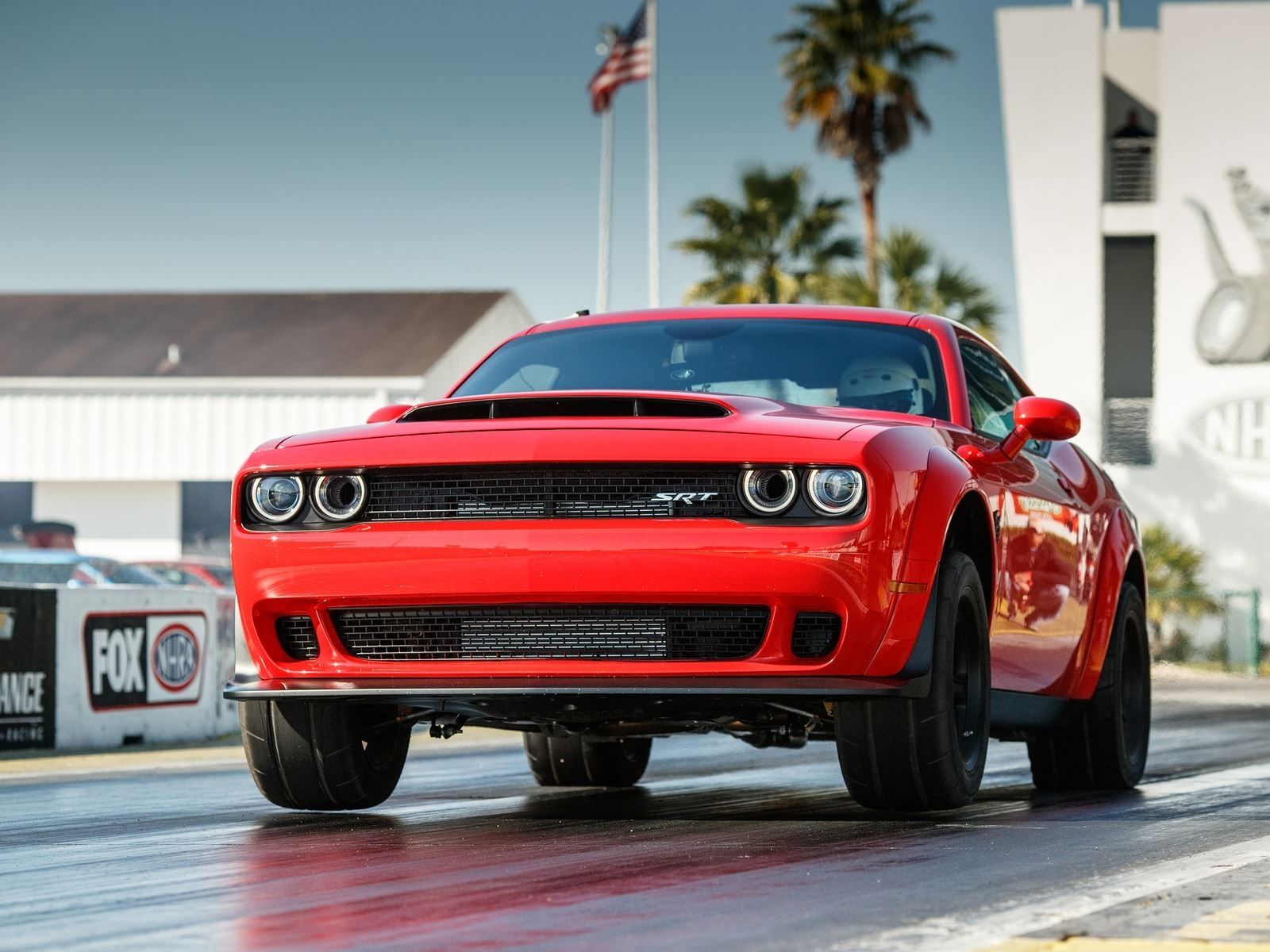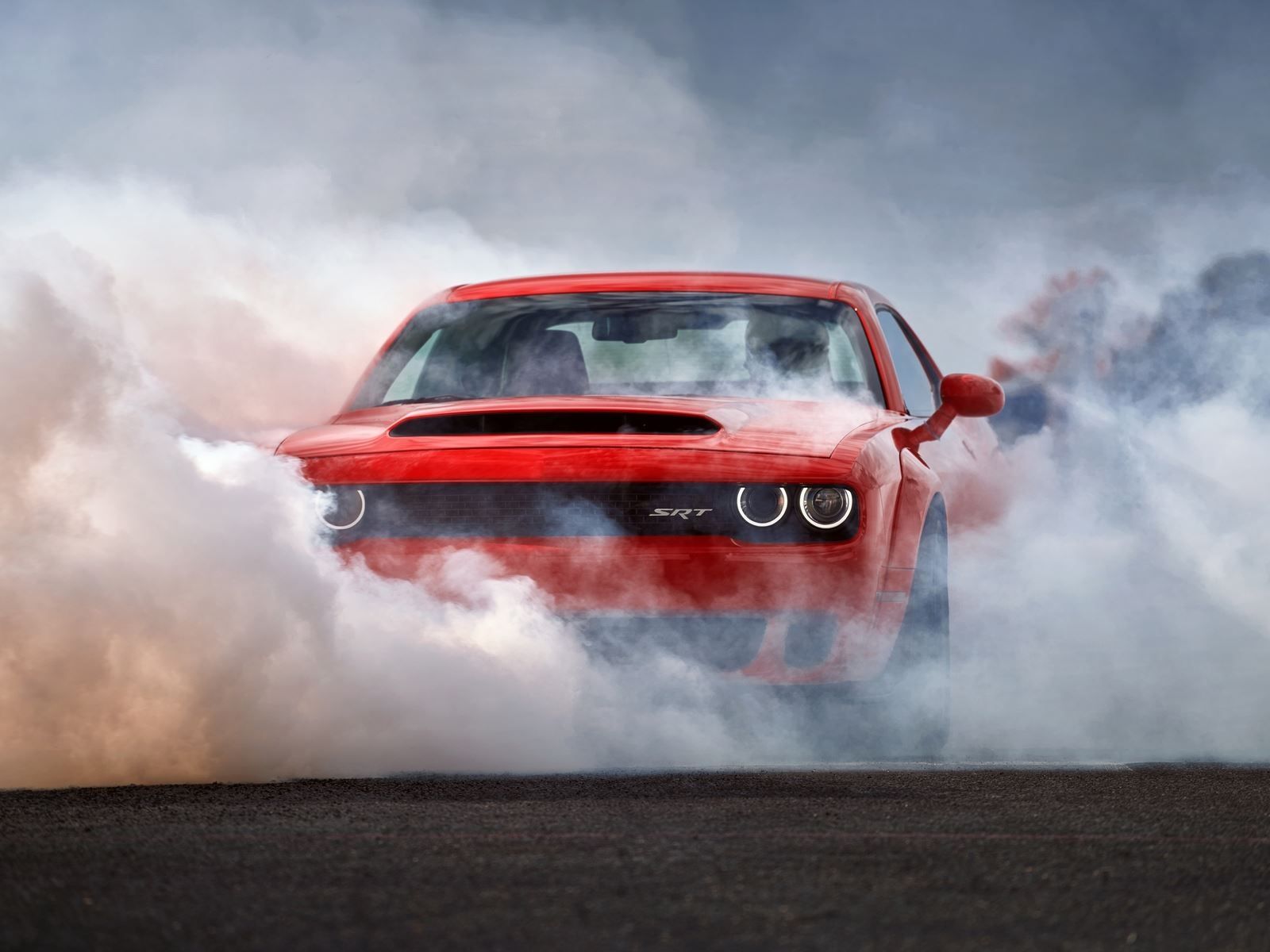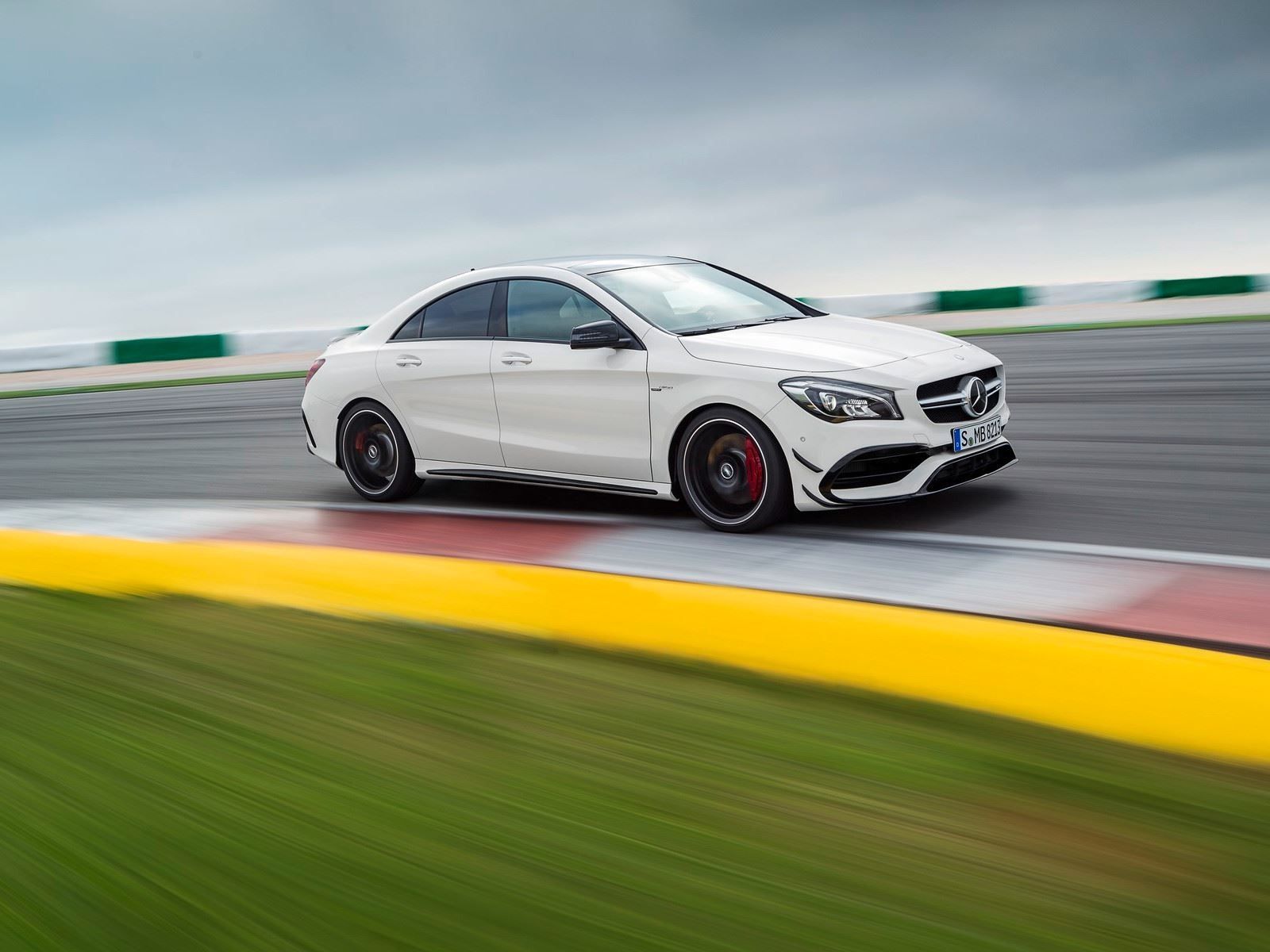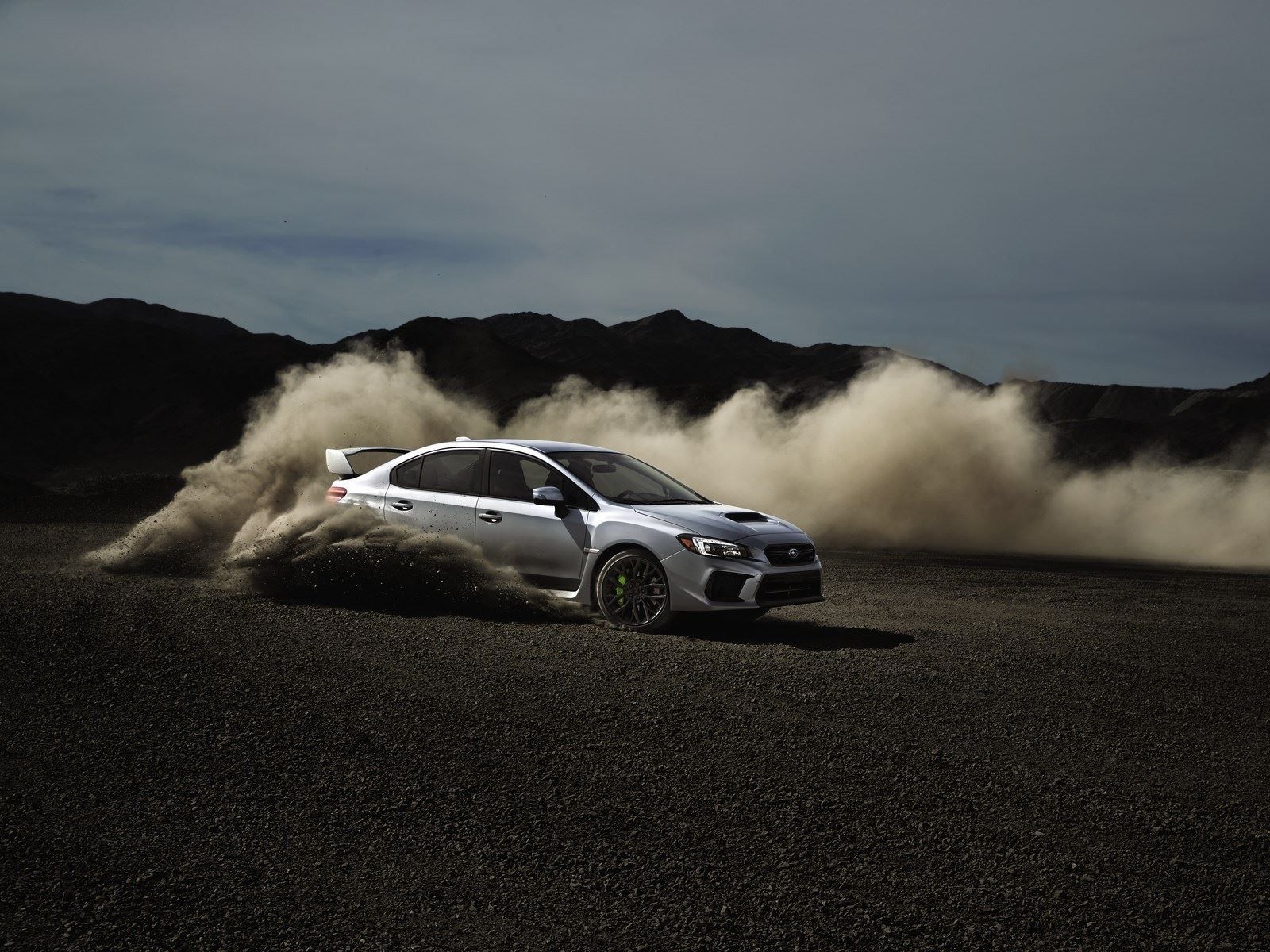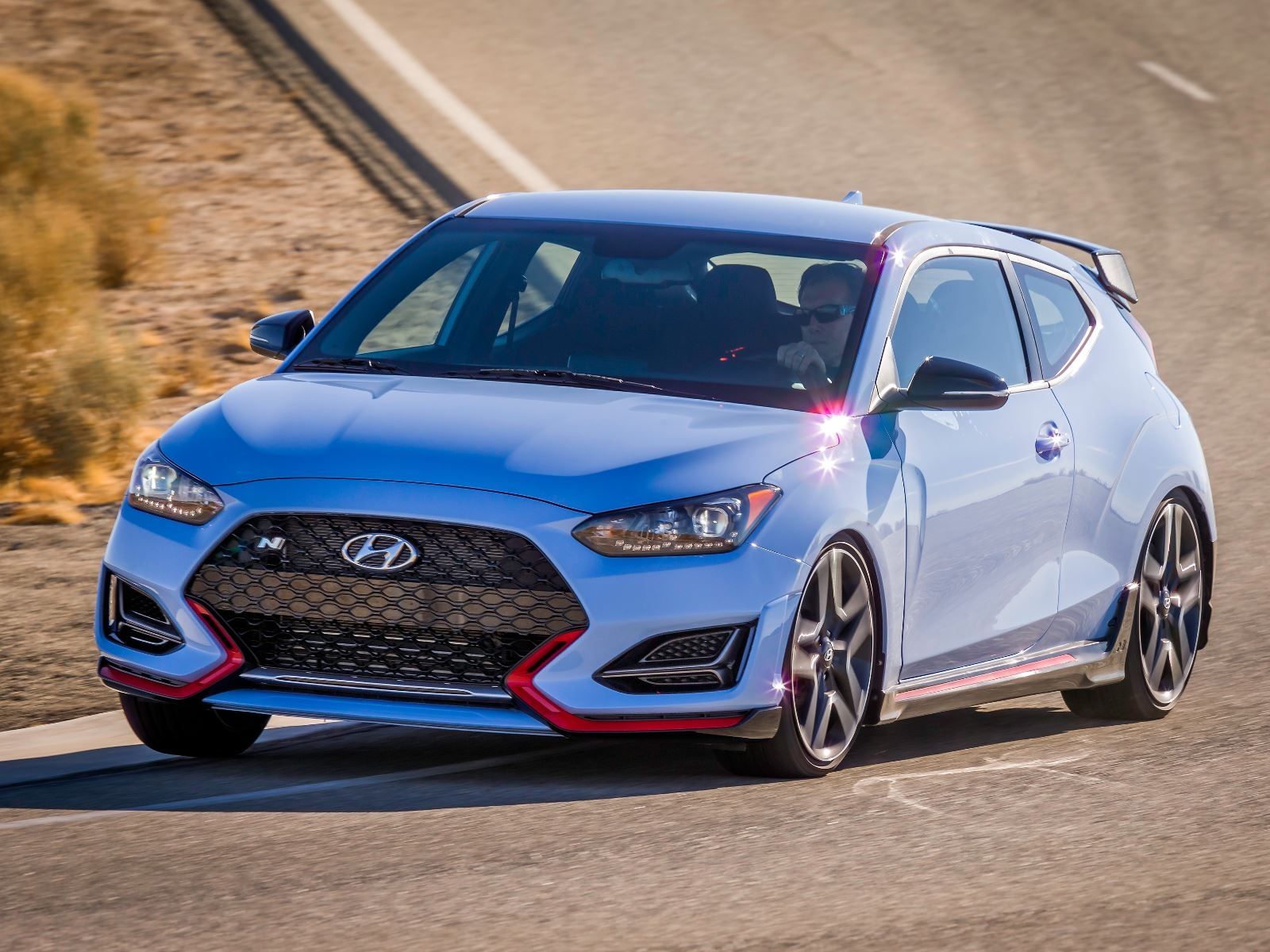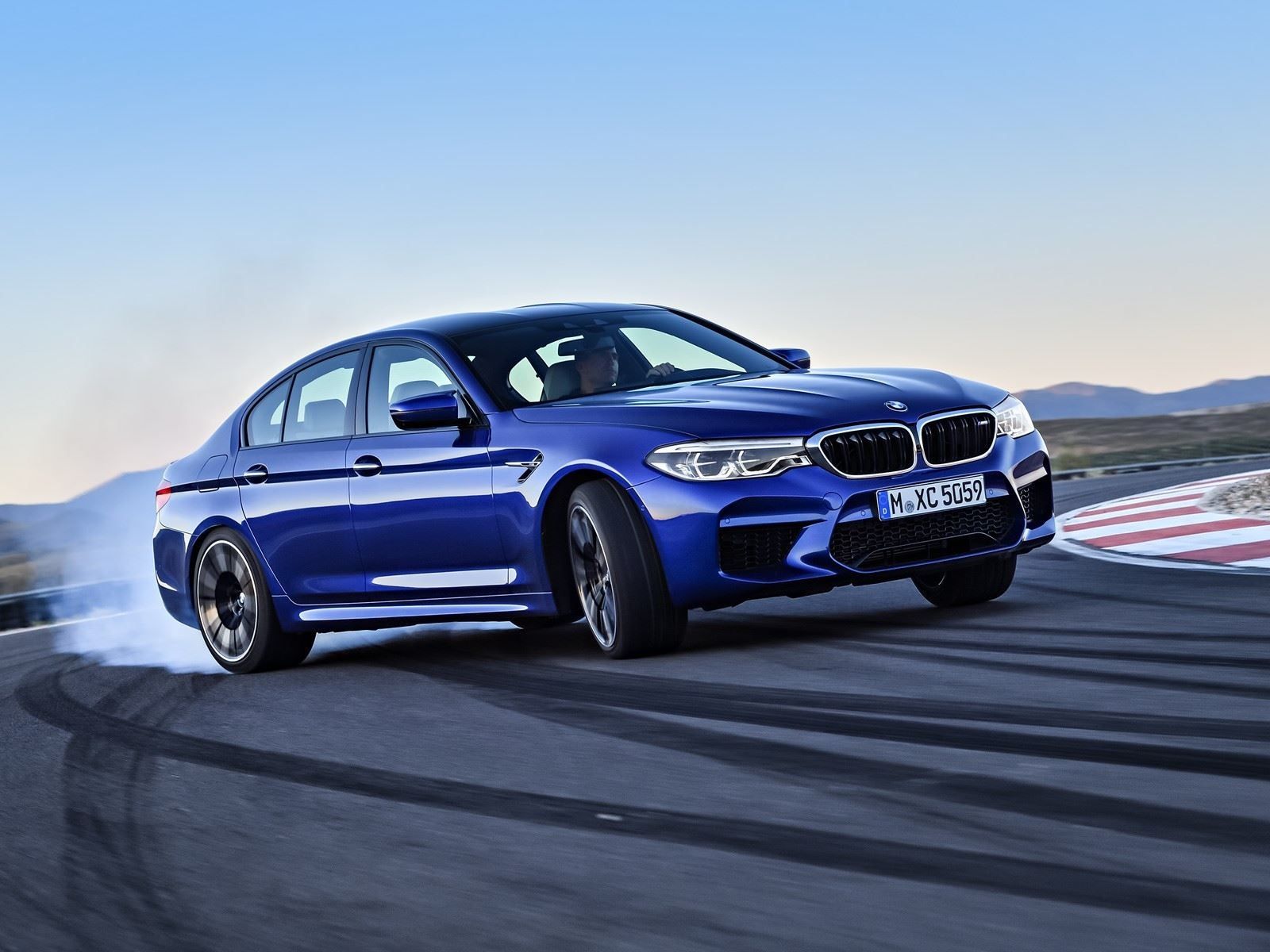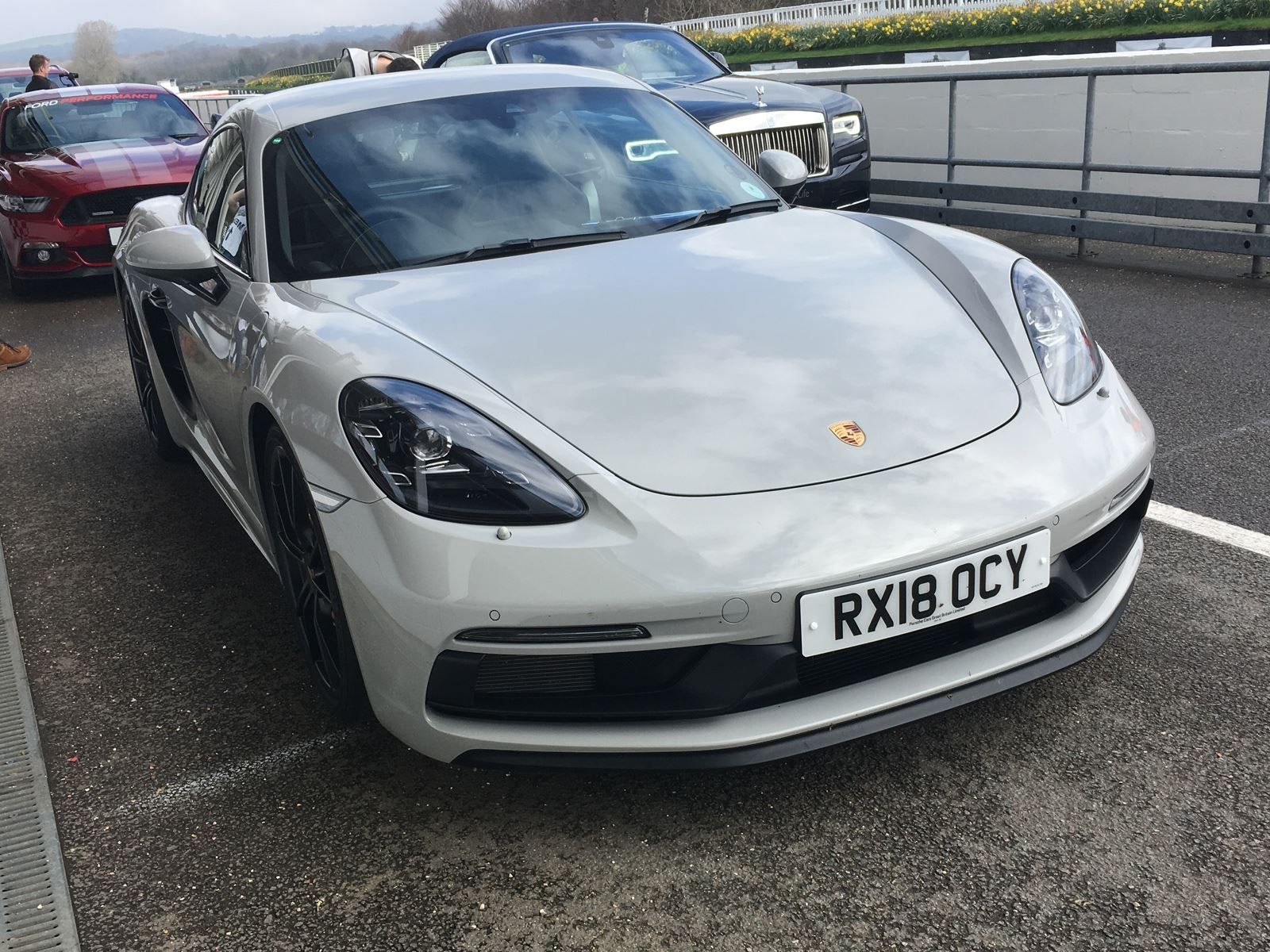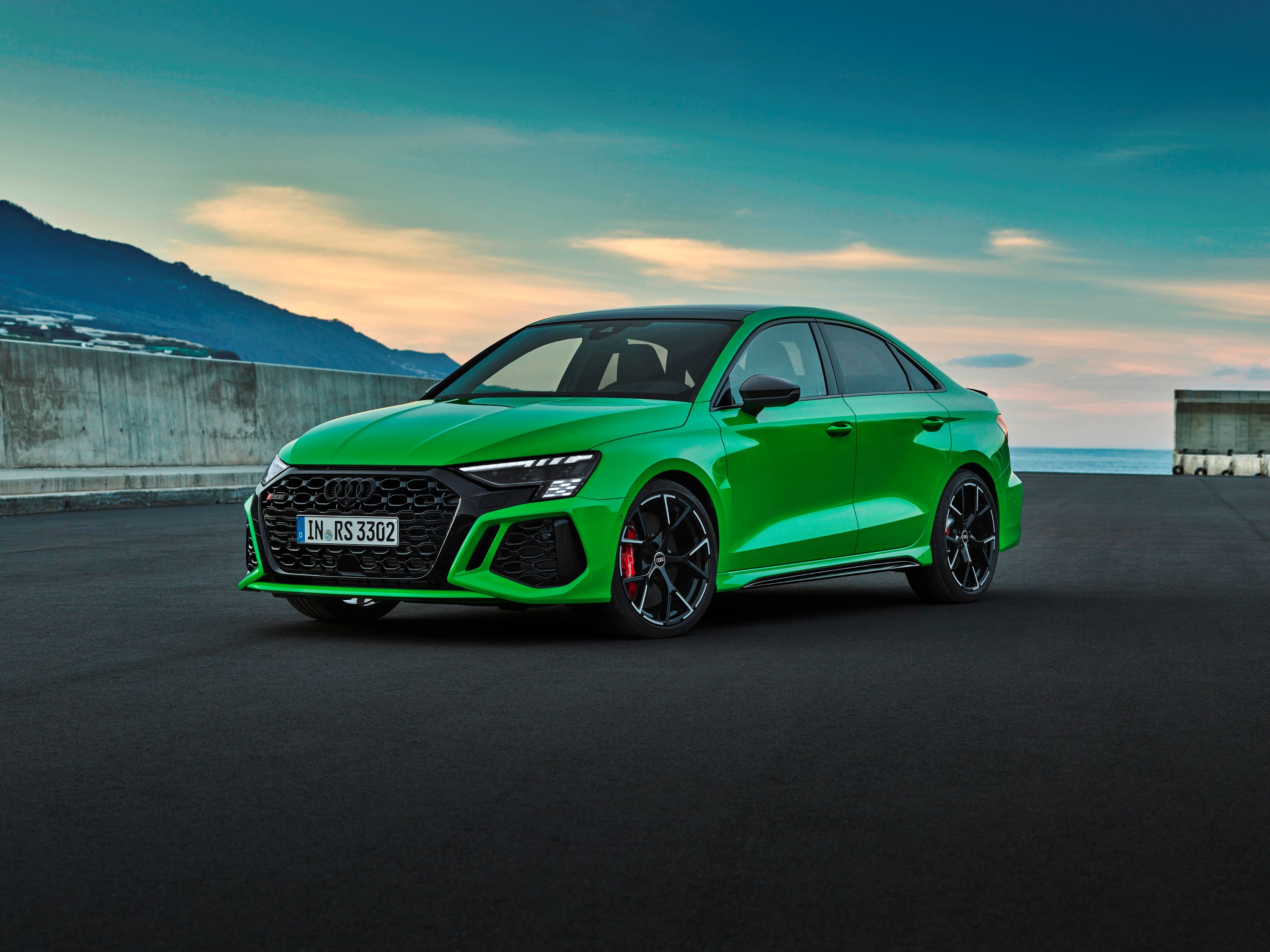
How do you build up hype for a performance car? It's as simple as a single figure for most – the time taken to make the sprint from 0-60 mph. The motoring society has become obsessed with how quickly the now standard sprint is accomplished, to such an extent that manufacturers now chase the measure with ever-increasing verve and dedication; and in the process, they've convinced us that nothing else matters.
The Art Of Acceleration
The ability to accelerate from standstill is an undoubtedly important measure – and there's a lot of engineering that goes into it. It's more than just sheer horsepower at work, as from standstill the limits of adhesion are easily broken by all the twisting force sent through either – or both – axles. Mechanically, there are ways to circumvent loss of grip – primarily through wider or stickier tires, or some combination of both. We undervalue just how much of an effect the quality and quantity of rubber has on the acceleration of a vehicle.
But two of Dodge's most potent machines gives us a pretty decent idea of just how important rubber is. The 707-horsepower Dodge Challenger Hellcat performs the sprint in 3.5 seconds on regular high performance tires measuring 275 mm in width. The Demon, the demonic big brother to the Hellcat, rated at 840 hp, performs the same sprint in just 2.3 seconds. Power has a part to play, but the real reason for the massive reduction in sprint time is the Nitto drag radials that give the Demon enough grip to launch harder and faster than any other production vehicle. There are other elements of physics to overcome, such as shifting weight. Under hard acceleration, as a vehicle lurches forwards, the weight remains behind until it's dragged along.
A properly tuned rear suspension is key to achieving potent 0-60 mph times – an incorrectly tuned setup would see all the power and torque in the world dissolve into plumes of tire smoke. The launch itself is crucial – measuring throttle inputs versus grip levels, and in the case of modern turbocharged engines, managing boost. It's a tricky process, managing all those manually – not forgetting the clutch on a manual car – which is why in the pursuit of every possible tenth of a second, manufacturers have developed launch control systems with computers that think and react far quicker than you or I could possibly hope to.
In boosted motors, these systems even pre-load the turbochargers for maximum power and immediate response. The technicality involved with engineering a 0-60 mph sprint is incredible, and credit where it's due, manufacturers have performed incredible work to reduce these times. But modern vehicles without launch control are somewhat flaccid creatures.
The Flaw with Launch Control
Modern vehicles have come to rely on launch control completely. Without it, they're incapable of boosting enough and locking their clutch packs to achieve maximum forward thrust. The Mercedes-AMG CLA 45 might be capable of a rapid 4.1 second 0-60 mph sprint when Race Launch is activated, but stumbles past the mark more than a second slower without it. To protect the turbochargers, outside of a launch scenario the engine doesn't rev to a point where boost is built. So without launch control, that magical 0-60 sprint is completely unattainable.
Many a modern launch-control equipped machine suffers the same fate of limp performance as the CLA 45. It's for this reason why Ford engineered the Focus RS to be able to launch consistently without a launch control mode – without the fuss of pulling and prodding buttons and paddles in a complicated sequence just to access the quickest possible 0-60 mph time. Ford realized that they may be incrementally slower at times, but they also realized something far more important.
There’s More To Life Than 0-60 MPH
The measure of a car's greatness is in more than how rapidly it covers the 0-60 mph sprint. Though cars may be but mere machines – built of glass and metal and powered by the combustion of fuel a million years in the making – they're also much more than that. Cars have a soul – or at least the great ones do – and they're capable of bringing joy in more ways than just standstill acceleration. Some of the most special cars of all time have been those that were bested in the 0-60 mph stakes by others.
And yet they brought joy in ways beyond acceleration – through their ability to corner, and more so, their ability to communicate, to talk to the driver, to breathe with the road, to combine driver and machine in one harmonious execution of modern driving enjoyment. Though an all-conquering 0-60 mph time might be one – and only one of many – of the ultimate tests of engineering prowess, it can't live up to the joy of driving – and that's something that can't be measured in seconds, or horsepower, or G-forces, or any other arbitrary metric. You can't quantify pleasure – and that's precisely why manufacturers choose to market 0-60 times rather than cars that thrill.
Many of the cars that place priority on the 0-60 mph sprint sacrifice the all-important joy of driving for computer systems that manage and control every facet of the drive to achieve astounding figures. We've seen it time and time again that slower accelerating cars are often far more exciting than their rivals who place focus on the sprint. The BMW M2 and Subaru WRX STI are just two examples of vehicles that forego split seconds on the sprint, but reward you with seconds sheared off on the racetrack and a greater ratio of smiles-per-mile than inert counterparts such as the Audi RS3 and Mercedes-AMG CLA 45.
Hyundai of late have begun to prioritize driving joy. Head of BMW's N Division, Dr. Albert Biermann, has gone on record to say the Hyundai i30 N, and in turn the Veloster N hot hatches, prioritize BPM over RPM - attempting to raise your heartrate through exciting dynamics rather than outright pace and quantifiable numbers.
Life After 60
It's understandable why marketing agencies for manufacturers place such a high priority on 0-60 mph times – it's an easy way of one-upping the competition. Manufacturers know this too, and in the constant battle to be better they pursue these figures with verve. In a world where lawyers sue over adverts that purportedly encourage reckless driving, it's difficult to market driving pleasure. But that's where it's up to us as enthusiasts to share the joy – to inform people that beyond the 60 mph mark, there's fun too, and sometimes, in the right circumstances, you'll find that life really does begin at 60.

